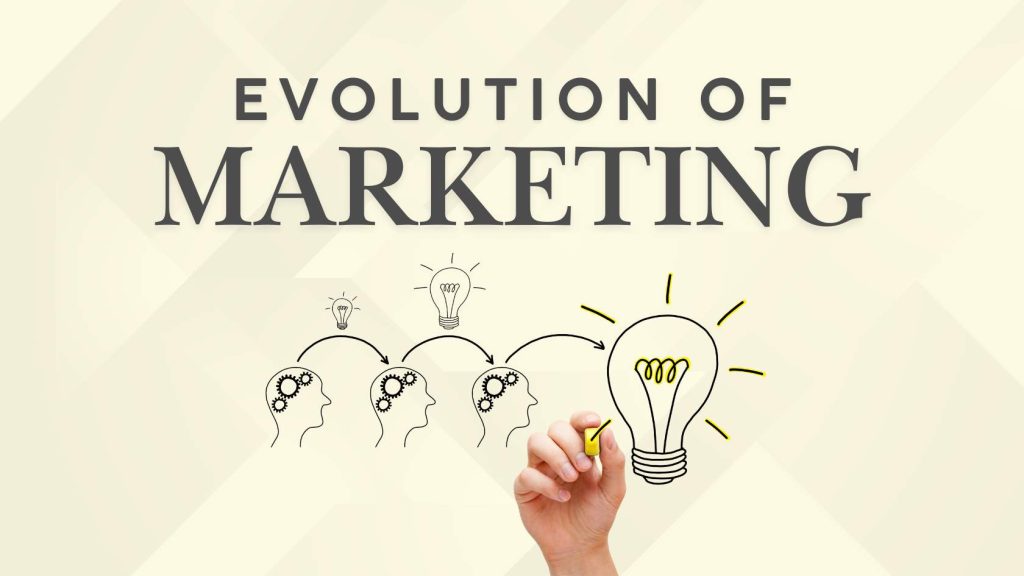In the ever-evolving world of digital marketing, there’s one question that continues to confuse both beginners and experienced business owners: Should I focus on paid social media ads, or invest in organic growth?
If you’ve asked yourself this lately, trust me — you’re not alone. I’ve had this conversation with countless clients over the years, and the answer isn’t as simple as choosing one over the other. The key to long-term success on social media lies in understanding the strengths of each approach and knowing how to balance them for your unique goals.
The Case for Paid Social Media Ads
Let’s be honest — social platforms like Facebook, Instagram, and even LinkedIn are now pay-to-play ecosystems. Paid social media ads can:
- Drive immediate traffic to your website or landing pages
- Increase visibility among specific audiences using detailed targeting
- Accelerate brand awareness for new businesses or product launches
- Support sales campaigns with measurable ROI
If you’re launching a product or promoting a limited-time offer, paid ads are often the fastest route to results. I’ve personally seen ad campaigns turn cold audiences into paying customers in just a few days. But here’s the catch — once you stop paying, the momentum usually stops too.
Why Organic Growth Still Matters
While paid ads can deliver quick wins, organic social media marketing is your foundation for long-term digital growth.
Organic content helps you:
- Build trust and authenticity with your audience
- Foster real engagement and community around your brand
- Showcase your expertise through value-driven posts
- Improve your reach over time without paying for every impression
Think of organic growth as a long-term investment. It’s slower, yes — but it builds brand equity that lasts beyond any single campaign.
The Truth? You Need Both.
This isn’t a paid vs. organic showdown. For long-term success, you need to integrate both strategies into your overall social media marketing plan.
Here’s how I approach it for clients and my own projects:
- Start with organic content to understand what your audience resonates with. Use that insight to guide your ad creative.
- Use paid ads to amplify your best content, especially if it’s already performing well organically.
- Retarget website visitors and engagers with offers or lead magnets via ads.
- Keep nurturing your audience organically with consistent, authentic content in between campaigns.
How to Create a Balanced Strategy
- Set clear goals. Are you focused on sales, leads, brand awareness, or community building?
- Define your audience. Know who you’re talking to — both organically and through ads.
- Develop a content calendar that includes both regular organic posts and planned ad campaigns.
- Track and measure results from both channels. Use data to refine your strategy every month.
- Invest in content creation. Great visuals, copy, and storytelling perform well across both paid and organic.
Final Thoughts
Whether you’re a solo entrepreneur or a growing brand, the debate between paid ads and organic growth shouldn’t hold you back. The most successful digital marketing strategies use both — intentionally and strategically.
At the end of the day, it’s not about choosing one over the other. It’s about creating a system that feeds itself: organic content builds your brand, while paid ads expand your reach. Together, they create long-term success.
If you’re still unsure how to balance both or want a second pair of eyes on your strategy, feel free to reach out. I’d be happy to help.


